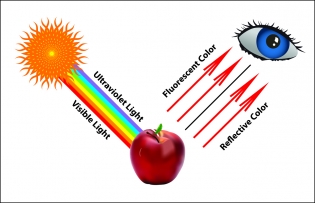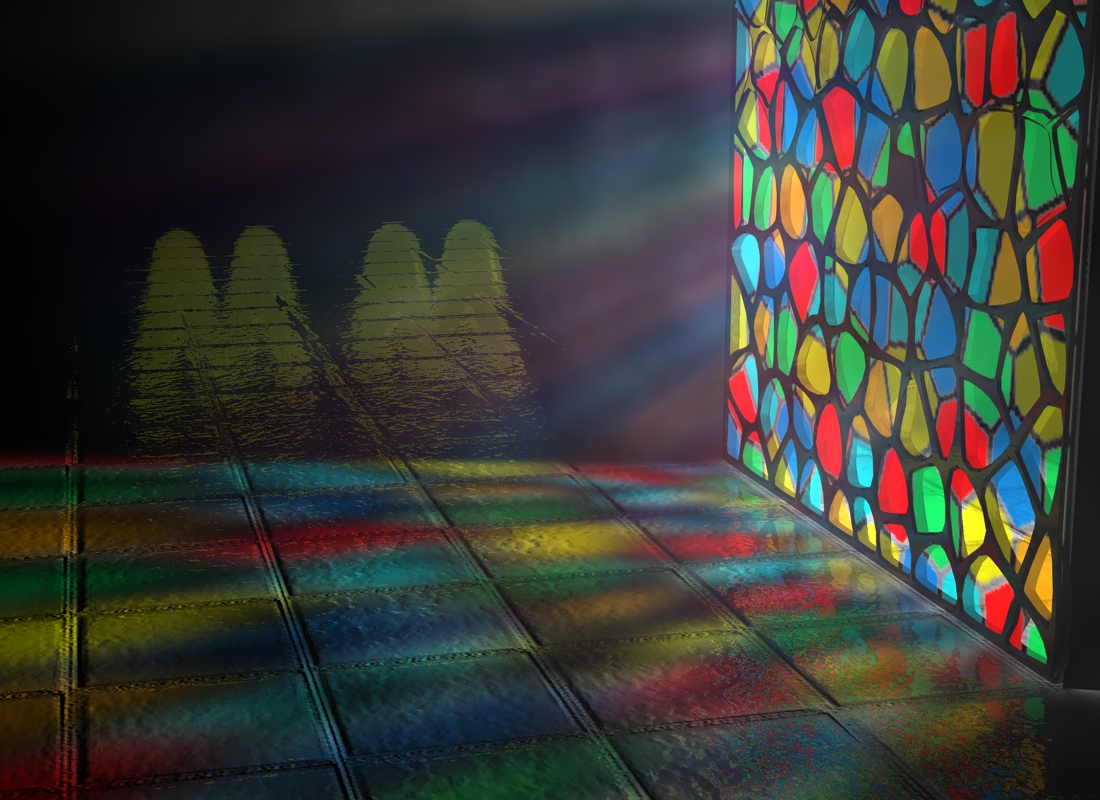Light
can affect materials in a great many ways. The most important effect
is that when we see some object, we see the light it reflected back
to our eyes. People think of objects having colours. The human eyes
see the colour of the visible light that was not absorbed or the
combination of colours that was not absorbed by the object. This is
because of the molecules of the object we see that make up the object
absorb certain light wave, leaving the other light wave to bounce
off. White light contains all the wavelengths of the visible
spectrum, so when the colour white is being reflected, that means all
wavelengths are being reflected back and none of them absorbed,
making white the most reflective colour. Materials can be classified
based on how it responds to light when light incident on them and
they are :-
The
materials which do not allow the light from traveling through them by
absorbing the whole light incident on them
Eg:
Apple, Table, Book.
The
materials which do allow some light to travel partially through them but
distorts the light during the passage.
Eg:
Butter paper, Ground glass, a thin sheet of plastic.
The
materials which allow the light to pass directly through them without
absorbing any of the light that incident on them.
Eg:
Air, Water, Glass.










Comments
Post a Comment